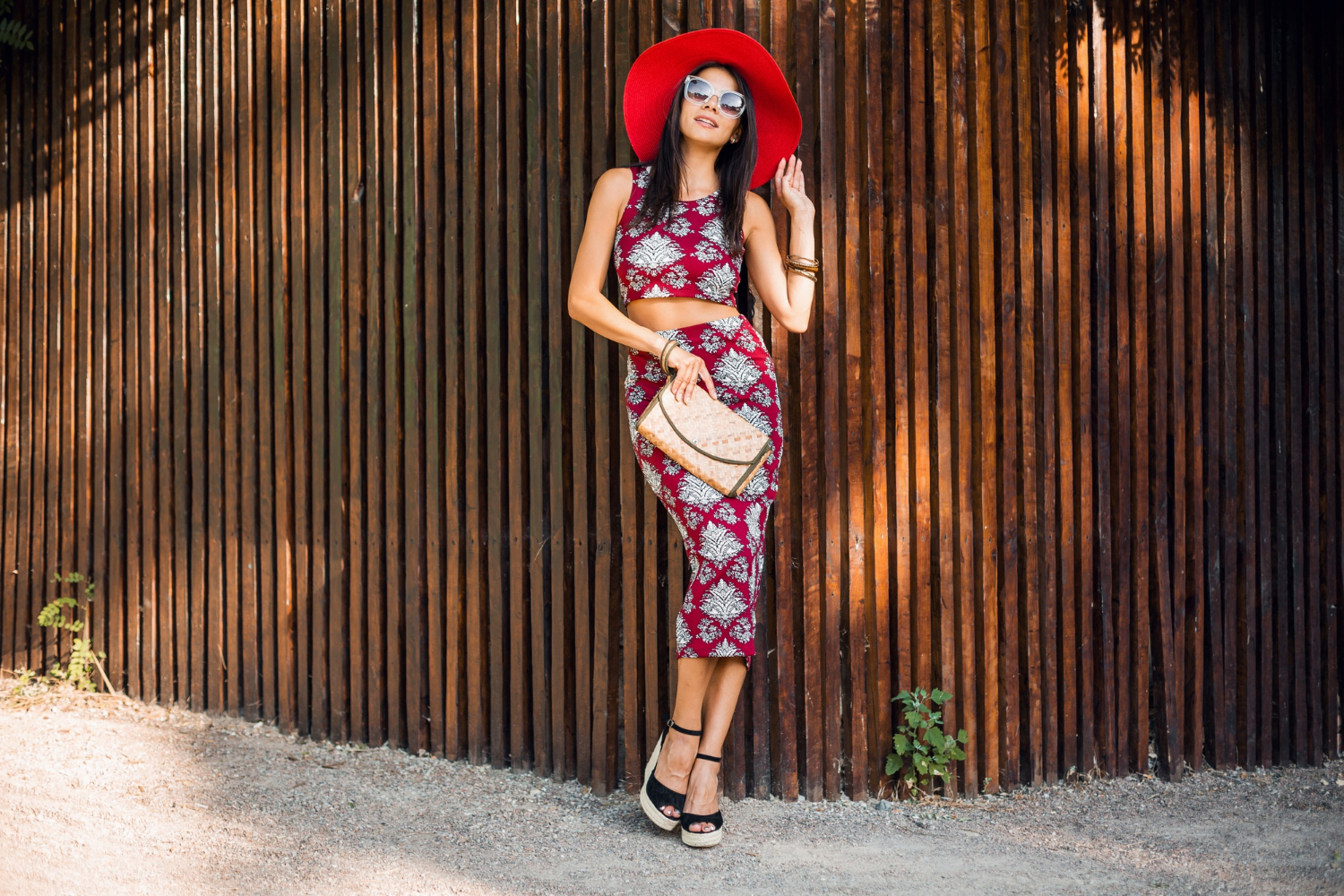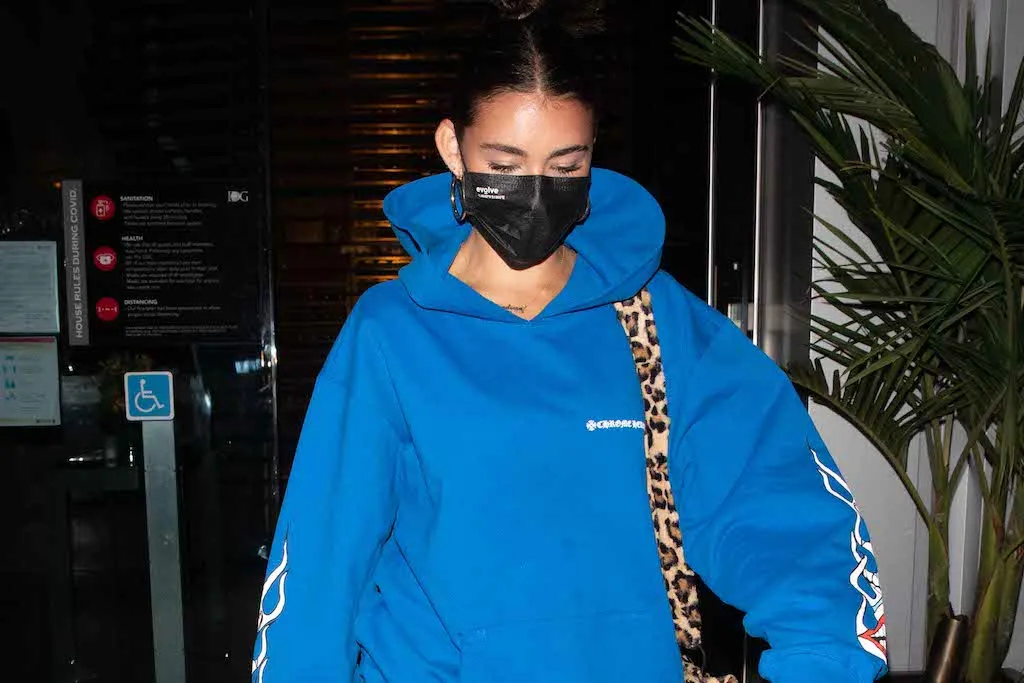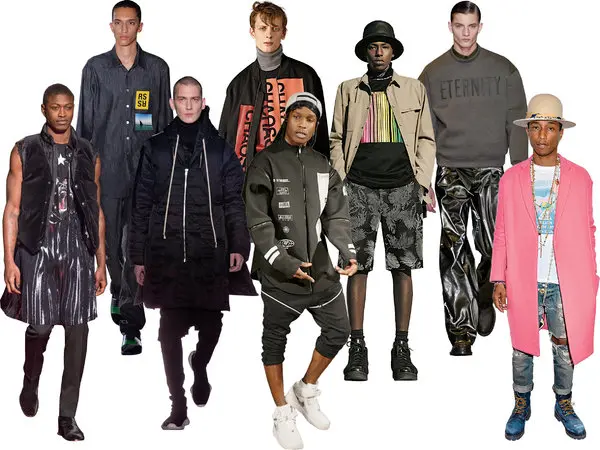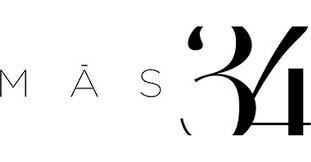What is fashion? Well, it’s hard to define and so not okay to keep it cocooned within the parameters of what one wears, including the clothing and accessories. If we see fashion from a broader perspective, it is an essential element in human cultures, shared and carried over centuries. Again, when culture is conceptualized as a way of living, you will see how fashion gets new dimensions in different parts of the world. And here we bring an exciting comparison between Eastern and Western dresses with a bit of history and many other references you would appreciate.
What are Eastern Dresses?
As we proceed into the Eastern and Western dresses discussion, the question of what we call “Eastern” and what we label as “Western” becomes deeper. See, for the longest time, the words Eastern and Western are doing rounds. If we take a voyage to the past, the Eastern world will take us to Asia, some sections of Africa and Eastern Europe, Arab, and the Eastern Mediterranean region. Even in the modern-day concept of orientalism, “Eastern dresses” hold their signature and exude some unique charm inspired by a rich history, culture, and lifestyle.
Most Popular Attires in Asia:
Asia is a continent where you can sniff the most ancient and the most modern at the same time. A conglomeration of various countries and cultures, this hugely populated continent has a plethora of popular attires.
∙ Cheongsam in China and Hongkong
∙ Hanbok in South Korea
∙ Kimono in Japan
∙ Saree and Salwar Kameez in India
∙ Baro’t Saya in Philippines
∙ Chut Thai in Thailand
∙ And Indonesian Batik Outfit, Appreciated by UNESCO as a “Masterpiece of Oral and Intangible Heritage of Humanity.”
Most Popular Attires in Africa
Africa as a continent has experienced massive evolution in its fashion. See, today, fashion has a pretty much universal character. But once you turn a few pages back, every attire and everyday fashion of a specific region will give you a clear picture of the origin, dynamics, and what it has gone through.
To cut a long story short, African fashion has constantly changed through precolonial, colonial, apartheid, and post-apartheid periods. It’s as recent as 2016 when fashion as an industry experienced a major boom in Africa.
Nevertheless, the Eastern part of Africa comprises many countries like Uganda, Tanzania, Kenya, Somalia, Eritrea, Ethiopia, and Djibouti.
∙ Popular Attire in Uganda – Kanzu, Suuti, Grass Skirts, Gomesi
∙ Most-Liked Attire in Tanzania – Kanzu and Kanga
∙ Common Attire in Kenya – Dashiki and Kanzu
∙ Popular Attire in Somalia – Thwab and Dirac
∙ Popular Attire in Eritrea – Habesha Kemis, Zuria
∙ Ethiopia Common Attires – Kemis, Shamma, Gowns, Gabbi
∙ Djibouti Popular Attires – Macawis, Skirts, Shalma
Most Popular Attires in Eastern Europe
Traditionally rich and an absolute favorite of various fashion seasons, Eastern European outfits are always there, shining bright in the minds of fashion enthusiasts. You can have a look at the Gregorian style of dressing or the simple everyday outfits like jeans, shorts, shirts, skirts, and trousers. Everything is so impressive!
Most Popular Attires in Arab
The Arab World, consisting of conservative countries, has specific guidelines about the outfits of men and women. Local women get dressed in Abayas, and men are seen wearing Dishdasha.
Most Popular Attires in the Eastern Mediterranean Region
The Eastern Mediterranean region is known for flowy dresses, shirts, and an easy Bohemian fashion. You can also expect a lot of variations in embroidery and colors.
What are Western Dresses?
The Western world covers many parts of Europe and Australasia, and the Americas. People in that part of the world kind of brought “Western Dresses” into vogue with ample inspiration from movies, music, and frontier fashion. The Western or Occidental dresses speak a volume about inclusion and evolution at the same time. These attires also bear undertones of politics, economy, and lifestyle.
Most Popular Attires in Western Europe
Western Europe has some of the fashion hubs of the world, like Italy, France, the UK, Switzerland, etc. Each country in this part of the world basks in its unique tradition of outfits. For example, chinos, blazers, suits, and every other type of Italian outfit celebrate sensuality and the fusion of modern aesthetics with luxury.
France, on the other hand, will spoil you with options when it comes to outfits. The iconic can-can dress, Paletot coat, beret, bliaud, and many different variations are really swoon-worthy.
The UK is very pristine even today in terms of fashion. Frocks, skirts, simple trousers, jeans, and shirts are favorites.
Popular Australasian Outfits
Australia and New Zealand are the most prominent places in Australasia. In Australia, fashion has walked quite a few miles if you consider the earlier “bushmen” outfits with the modern-day ones. Men in this country used to wear shirts with button sleeves and long trousers accessorized with leather boots. Women were mostly seen in layered outfits, including bodices, aprons, and blouses. Today, Australian fashion is more about jeans, t-shirts, sweaters, and jackets.
New Zealand, despite having its customary Māori outfits and Kahu Cloaks, is more about evolved Western Fashion these days. Shorts, skirts, jeans, and tops are most commonly worn in the country.
Popular Outfits in America
In America, they have outfits for every occasion. You will find the most formal pencil skirt, which went on to become a rage all across the globe from this part of the world. The jackets, boots, and trousers for men further depict a mammoth influence of the Cowboy style of dressing. The Americans also show a massive penchant for sportswear. As you can see, it’s actually pretty eclectic.
Keeping America’s love for outfits for every occasion, many brands are working on fusion so that clothes today become more versatile. For instance, today, you will find a Carhartt jacket for casual winterwear and the same brand offering you the most formal jacket for your office.
Comparing Eastern and Western Dresses
Finally, we arrive at the comparison between Eastern and Western dresses. We will compare these outfits based on three parameters like colors, styles, and how these have evolved in response to various modern influences.
Comparing Colors in Western and Eastern Dresses:
You will observe a difference in the color palette in dresses from both parts of the world. In Eastern outfits, you will observe a lot of use of pastel shades or bright colors. Because of the climatic influences and religious or ethnic beliefs, clothes of dark shades are not that common here. At the same time, though fluorescent colors are now used quite a bit in Eastern outfits, those are not a staple.
On the other hand, Western clothes are more about monochromes and bold or dark colors.
How Western and Eastern Clothes Differ in Style:
Western style of clothing shows a free form, and their style of clothes depends on the occasion and comfort. At the same time, those clothes are more gender-fluid, blurring the lines between men’s and women’s apparel.
In Eastern dresses, a lot of influence of religious beliefs, traditions, and societal norms is observed. Again, women and men have strict demarcation regarding what they should wear and should not. For example, women in Japan traditionally wear Kimonos, and women in India traditionally wear Sarees. Despite the fusion of culture and fashion truly emerging as something universal, if you consider what the majority of people wear, you will see the difference.
Response to Modern Trends:
Western dresses are more open to experimentation. You can see all kinds of stuff there, including crop tops, tops with plunging necklines, and dresses of various styles, including bodycon, skater, etc. On the contrary, Eastern dresses are more conservative and more inclined to stick to traditions and cultural norms.
However, you will observe a lot of experimentation these days. Today, a traditional Eastern outfit like a saree is worn with shirts, crop tops, and belts. And it’s not surprising to see women from the Eastern part of the world wearing bridal shower dresses of the most modern design.
Summing Up:
Eastern and Western dresses are different at the core. They stand on opposite sides of the rope when considering the color palette, style, and response to modern trends. However, in today’s world, where everyone is looking to be a part of the expanding global village, “Fusion” is the word that reigns supreme in fashion. So, chuck off the comparison, create a statement with the best of both worlds and depict who you are.




